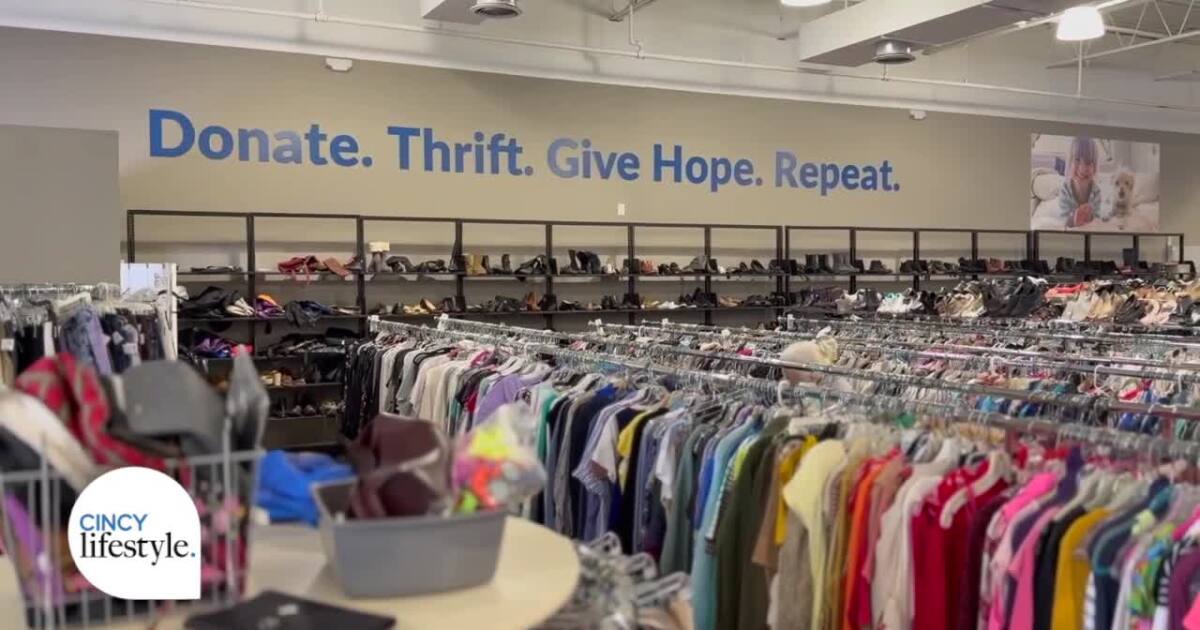Saving Cents, Changing Lives: How Thrifty Shopping Becomes a Social Movement

Thrifting: More Than Just a Budget-Friendly Choice
Discover the transformative power of secondhand shopping at New Life Furniture Thrift Store, where every purchase does more than save you money. By choosing pre-loved furniture and household items, you're making a meaningful impact on both the environment and local families.
When you shop at our thrift store, you're helping to reduce waste and keep usable items out of landfills. Each piece of furniture you buy is one less item contributing to environmental strain, giving these quality pieces a second chance to bring comfort and joy to a new home.
Moreover, your support directly helps families in need, providing them with an opportunity to refresh their living spaces affordably. By choosing secondhand, you're not just making a smart financial decision – you're participating in a sustainable, community-driven movement that creates positive change.
Visit New Life Furniture Thrift Store today and be part of a solution that benefits your wallet, your community, and the planet.
